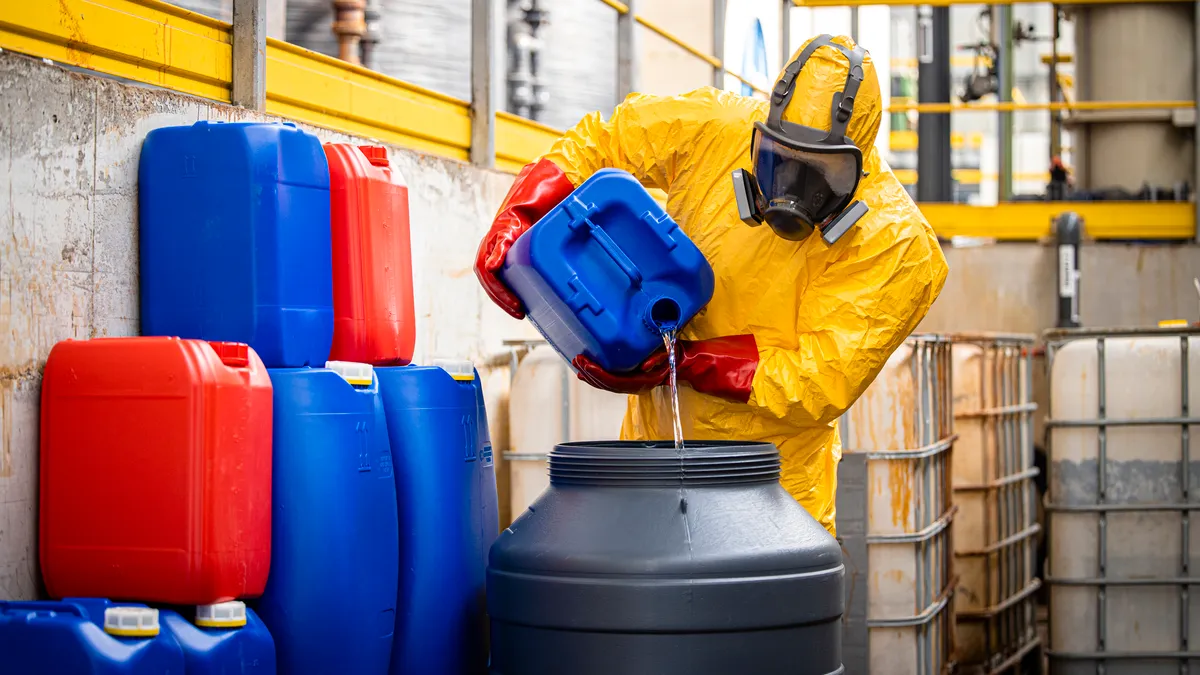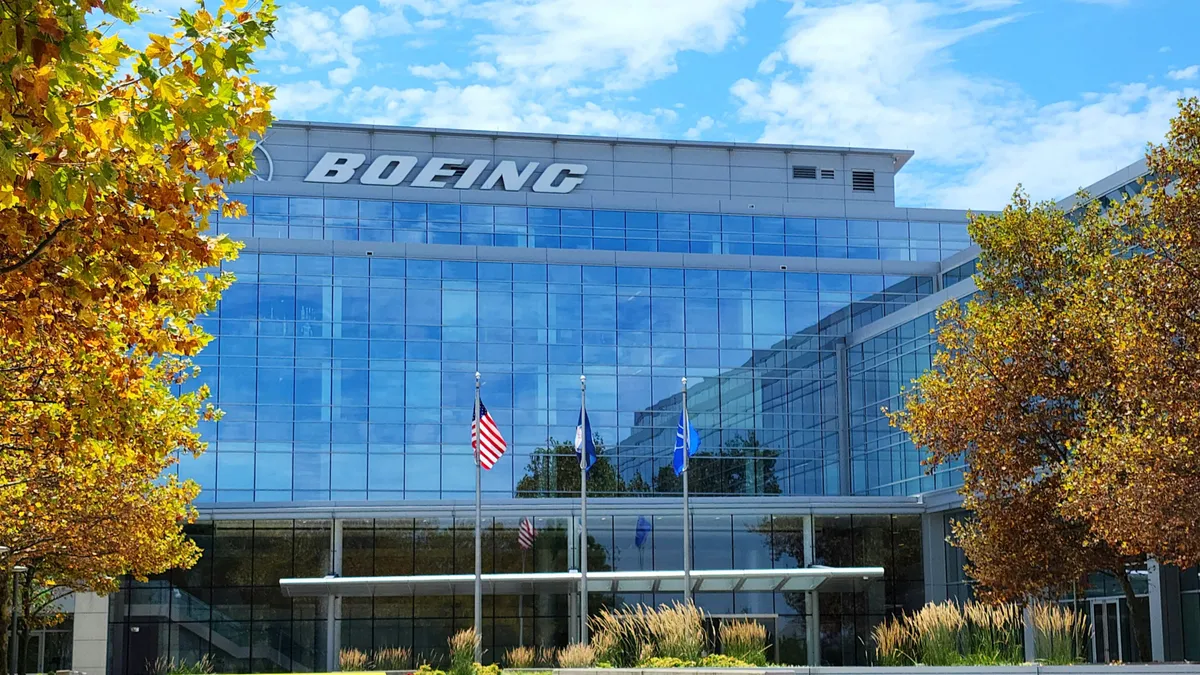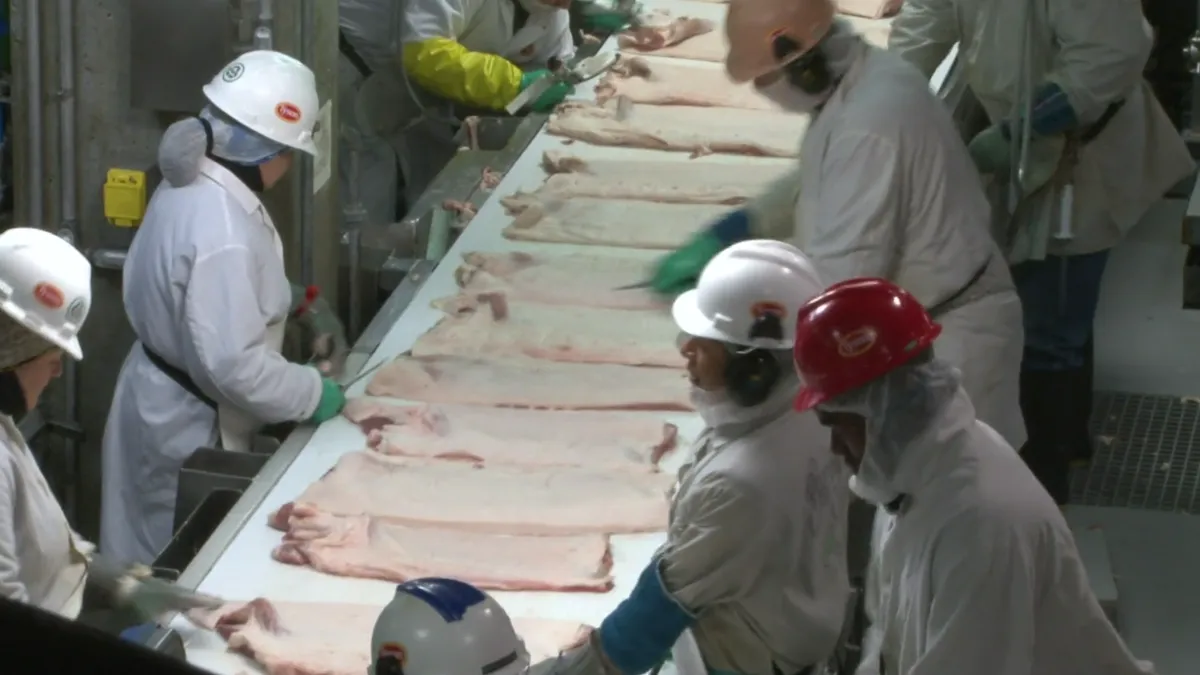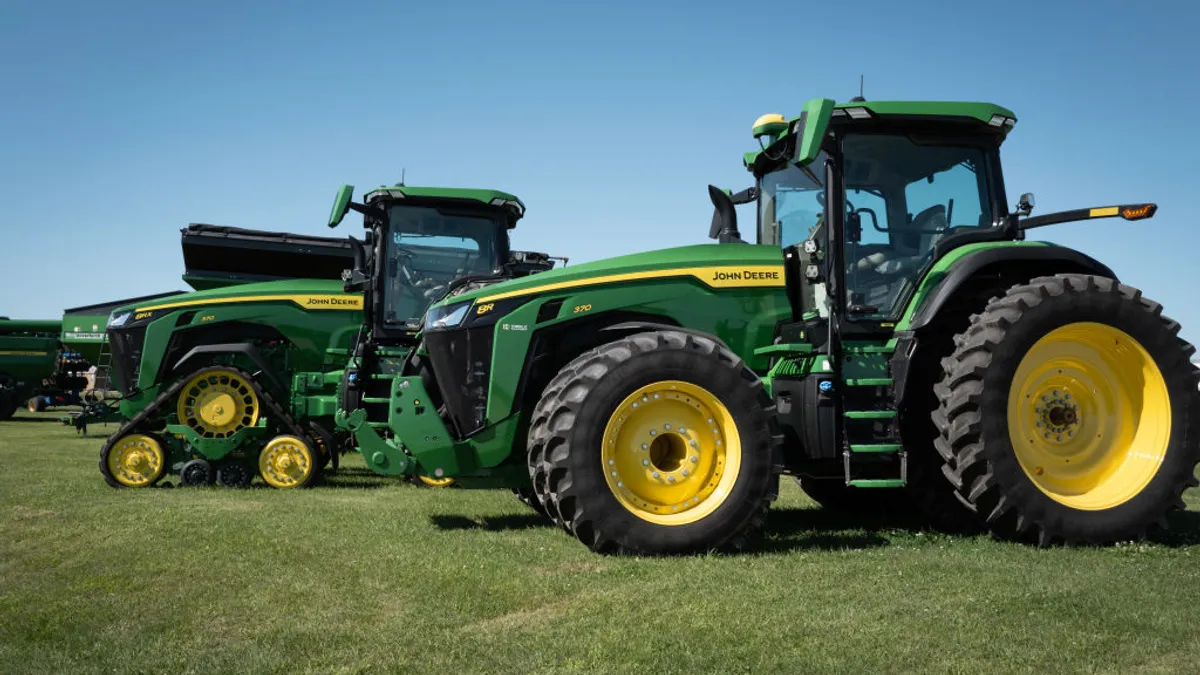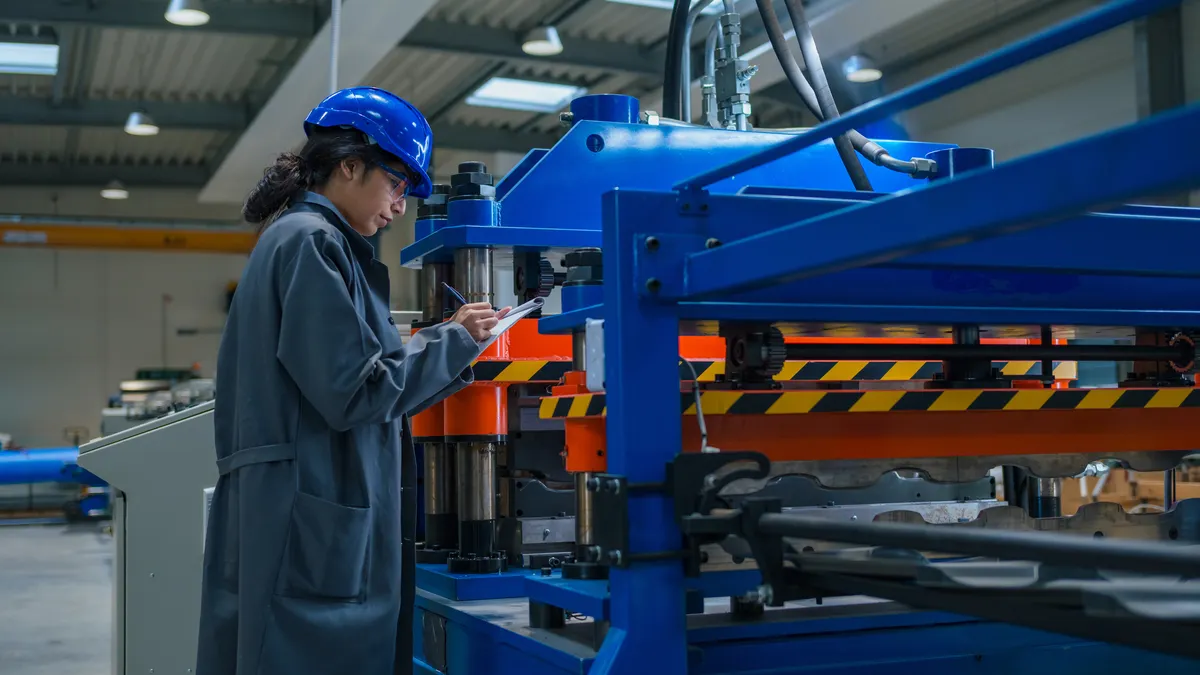Nick Warrick is the sales manager at All Seasons Uniforms. Opinions are the author’s own
In the fast-paced world of manufacturing, safety is not just a priority; it's a fundamental necessity. With the industry constantly evolving and diversifying, ensuring the wellbeing of the workforce has become more critical than ever.
While traditional safety measures such as helmets and goggles have long been standard practice, the dynamic nature of manufacturing processes demands a more nuanced approach to worker protection. This has led to a paradigm shift in safety standards, moving beyond basic equipment to embrace the concept of specialized apparel.
Specialized apparel offers targeted protection against a wide range of workplace hazards. From electrostatic discharge to flame hazards and chemical exposure, specialized apparel is designed to provide comprehensive protection while ensuring comfort and mobility for workers. This shift reflects a growing recognition of the unique risks faced by manufacturing personnel and the need for tailored solutions to mitigate these risks effectively.
Understanding the importance of safety in the manufacturing sector
Safety is not merely a legal requirement but a moral and strategic priority for manufacturing firms. Beyond compliance, ensuring a safe work environment fosters employee wellbeing, productivity and retention. Moreover, it safeguards a company's reputation and mitigates the risk of costly accidents and lawsuits.
In recent years, the industry has witnessed a turnaround in safety consciousness.
The evolution of safety standards in manufacturing mirrors the industry's technological advancements and changing risk landscape. Initially, safety protocols primarily focused on providing workers with basic protective equipment to mitigate common hazards such as head, eye and hand injuries.
However, as manufacturing processes grew more complex and diverse, so did the associated risks. From exposure to hazardous chemicals to the dangers of electrical discharge, workers face various potential hazards that necessitate specialized protection beyond traditional equipment.
Standards and regulations for implementing specialized apparel in the manufacturing sector
In the manufacturing sector, the implementation of specialized apparel is governed by stringent standards and regulations aimed at ensuring the safety and wellbeing of workers. Regulatory bodies such as the Occupational Safety and Health Administration play a pivotal role in establishing and enforcing these standards.
OSHA regulations mandate that employers assess workplace hazards and provide appropriate protective equipment, including specialized apparel, to mitigate risks effectively. These regulations specify requirements for the selection, maintenance and use of specialized apparel, ensuring its usefulness in protecting workers against specific workplace hazards.
Additionally, industry-specific standards, such as those set by the National Fire Protection Association for flame-resistant clothing, provide further guidance on selecting and implementing specialized apparel. Compliance with international standards also ensures that manufacturers adhere to strict quality management systems.
Future innovations in safety standards in the manufacturing sector
As technology continues to advance, so will safety standards in the manufacturing sector. Future innovations are poised to revolutionize worker safety, leveraging cutting-edge materials and technologies to enhance protection and comfort.
For instance, the integration of smart textiles and wearable sensors holds immense potential in monitoring environmental hazards and physiological parameters in real-time, enabling proactive risk mitigation and ensuring timely intervention in case of emergencies.
Furthermore, advancements in material science are driving the development of lightweight yet durable protective fabrics, offering enhanced comfort without compromising safety.
The bottom line
The shift towards specialized apparel represents a pivotal moment in the ongoing evolution of safety standards in the manufacturing sector. By moving beyond basic equipment to embrace specialized apparel, manufacturers can better address the diverse and evolving risks faced by their workforce.
This proactive approach not only enhances worker safety and well-being but also contributes to increased productivity, reduced downtime and improved regulatory compliance.
As technology continues to advance and regulatory bodies refine safety standards, the future of specialized apparel in manufacturing looks bright. With ongoing innovations in material science, wearable technology and ergonomic design, specialized apparel holds immense potential to revolutionize worker safety and redefine industry standards.
By embracing this evolution and prioritizing the implementation of specialized apparel, manufacturers can create safer, more productive workplaces for their employees while staying ahead of the curve in an increasingly competitive landscape.


